Conveyor belting is composed of two parts: the inside carcass and the outside covers. The carcass is the most important structural section of the belt, as it contains the tensile member to handle the load of cargo carried on the conveyor. The primary purpose of the carcass is to transmit the tension necessary to lift and move the loaded belt and to absorb the impact energy unleashed by the material as it is loaded onto the belt. No matter what belt-support system is employed, if the belt carcass cannot handle the initial impact energy, the belt will fail prematurely. The carcass must be adequate to allow proper splicing techniques and strong enough to handle the forces that occur in starting, moving, and stopping the loaded belt. The carcass also provides the stability necessary for proper support between idlers and for maintaining alignment.
Different types of belt carcasses are ideal for different applications and conditions.
Most carcasses are made of one or more plies of woven fabric, although heavy-duty belting may incorporate parallel steel cables to replace some of all of the fabric. Carcass fabric is usually made of yarns woven in a specific pattern. The yarns that run lengthwise, parallel to the conveyor are referred to as warp yarns and are the tension-bearing members. The transverse or cross fibers are called weft yarns and are primarily designed for impact resistance, mechanical fastener holding, load support, and general fabric stability.
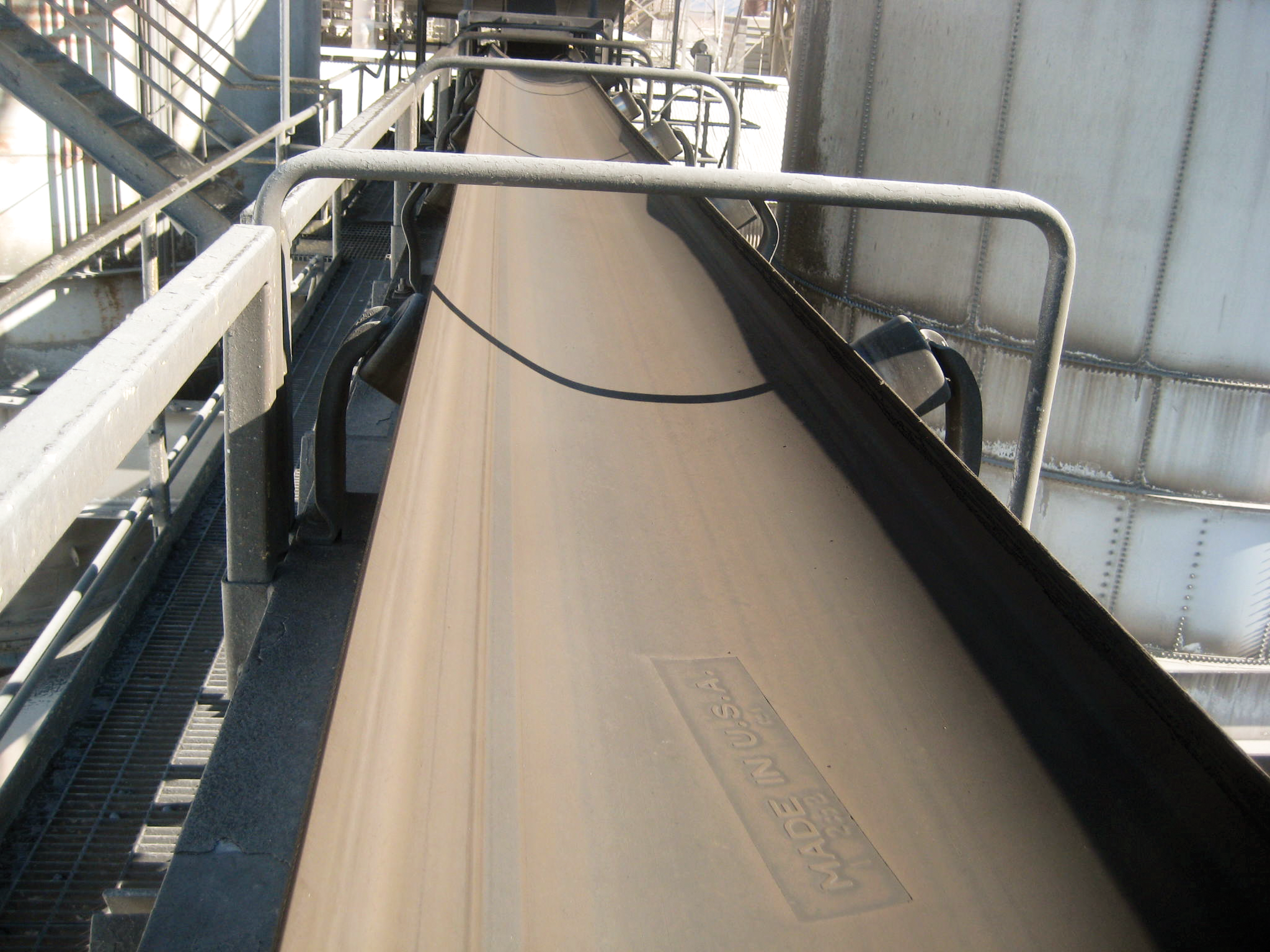
Years ago, conveyor belts typically used yarns made of cotton as the textile reinforcement. For improved cover adhesion and abuse resistance, a breaker fabric was often placed between the cover and the carcass. Throughout the 1960s and 1970s, carcass reinforcements underwent a change. Today, most belt carcasses are made with man-made fabrics such as nylon, polyester, or a combination of the two. These fabrics are superior to the older natural fabrics in nearly all respects, including strength, adhesion, abuse resistance, fastener holding, and flex life. Presently, fabrics incorporating aramid fibers are used for some applications in conveyor belting. The aramid fabrics offer high strength, low elongation, and heat resistance. Breaker fabrics are rarely used with these man-made fabrics, because little or no improvement is achieved.
Carcass Types
There are four types of belt carcasses:
- Multiple-ply belting
Multiple-ply belting is usually made up of two or more plies, or layers, of woven cotton, rayon, or a combination of these fabrics, bonded together by an elastomer compound. Belt-strength and load support characteristics vary according to the number of plies and the fabric used. The multiple-ply conveyor belt was the most widely used belt through the mid 1960s, but today it has been supplanted by reduced-ply belting. - Reduced-ply belting
Reduced-ply belts consist of carcasses with either fewer plies than comparable multiple-ply belts or special weaves. In most cases, the reduced-ply belt depends on the use of higher-strength synthetic textile fibers concentrated in a carcass of fewer plies to provide higher unit strength than in a comparable multiple ply belt. The technical data available from belt manufacturers generally indicate that reduced-ply belting can be used for the full range of applications specified for multiple-ply belting. - Steel-cable belting
Steel-cable conveyor belts are made with a single layer of parallel steel cables completely embedded in the rubber as the tension element. The carcass of steel-cable belting is available in two types of construction. The all-gum construction uses only the steel cables and rubber; the fabric-reinforced construction has one or more plies of fabric above and/or below the cables but separated from the cables by the cable rubber. Both types have appropriate top and bottom covers. Steel-cable belting is produced using a broad range of cable diameters and spacing, depending primarily on the desired belt strength. Steel-cable belting is often used in applications requiring operating tensions beyond the range of fabric belts. Another application is on conveyors where, due to limitations in the distance the take-up system can travel, the belting cannot be allowed to stretch significantly. - Solid-woven belting
This type of belting consists of a single ply of solid-woven fabric, usually impregnated and covered with PVC with relatively thin top and bottom covers. The surface of PVC belts is often rough on purpose to aid in conveying on inclines, but the rough surface makes belt cleaning more difficult. The abrasion resistance of PVC is lower than rubber, so some solid-woven belts are made with a combination of PVC core and rubber covers.

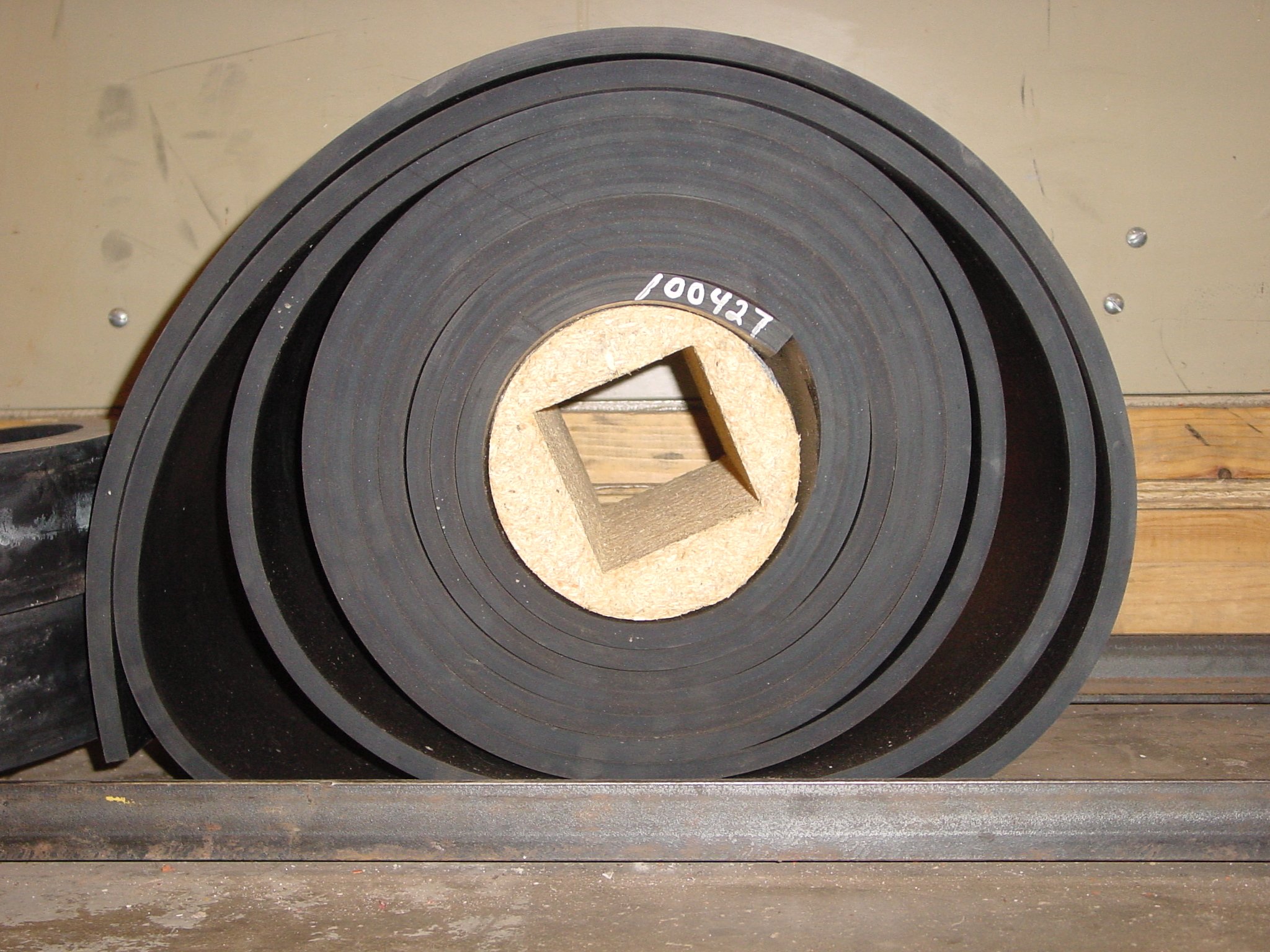

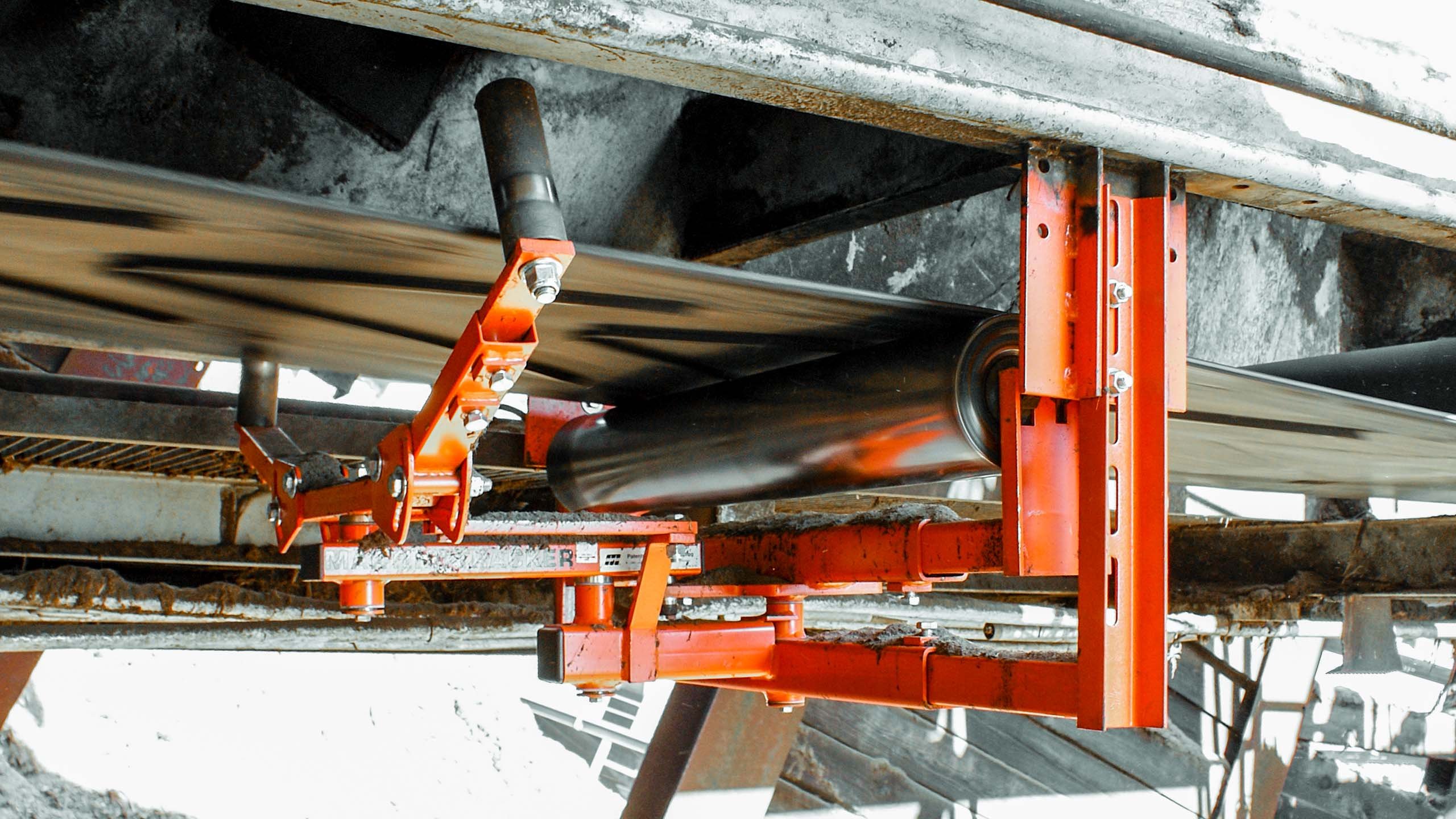

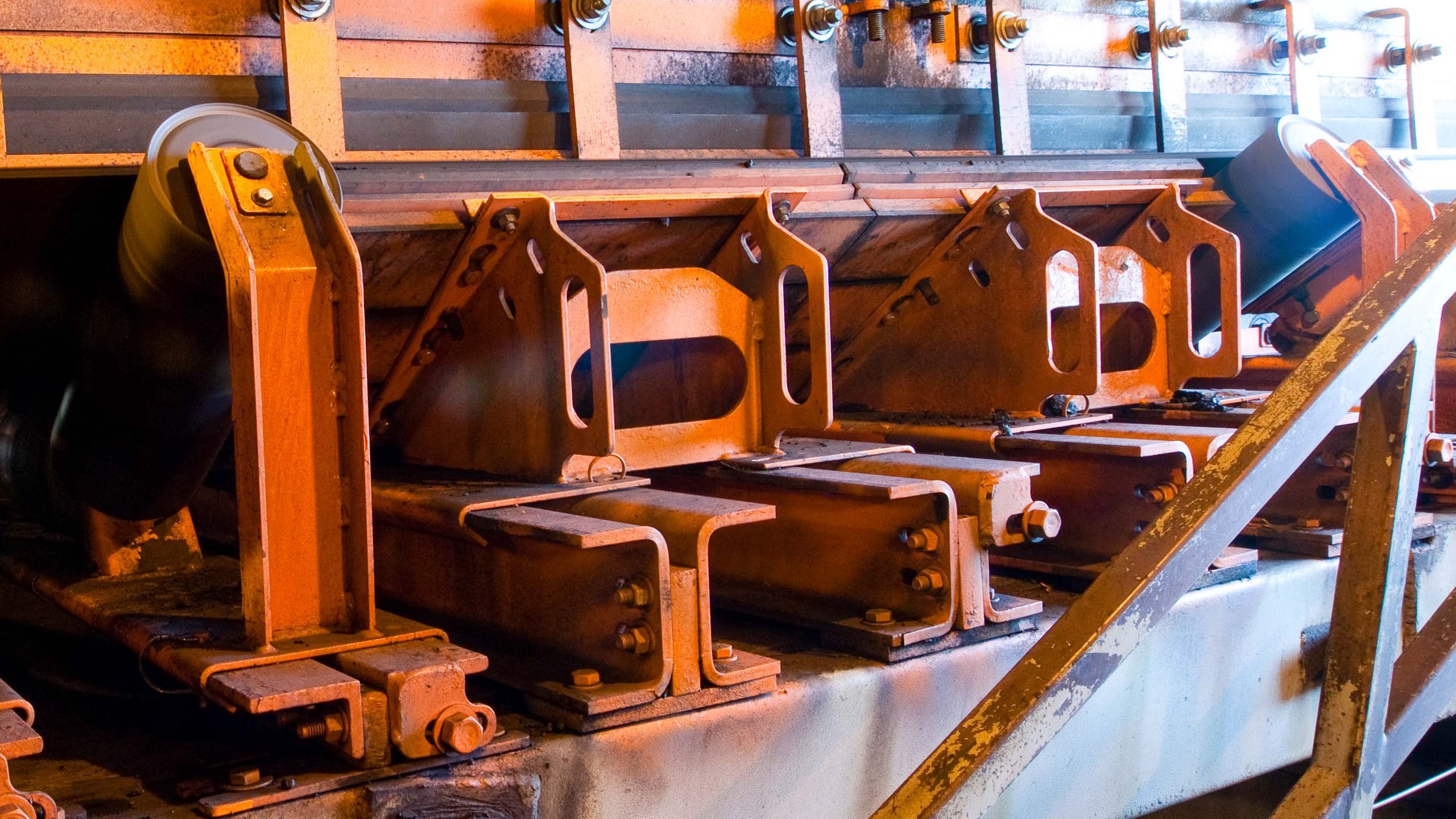

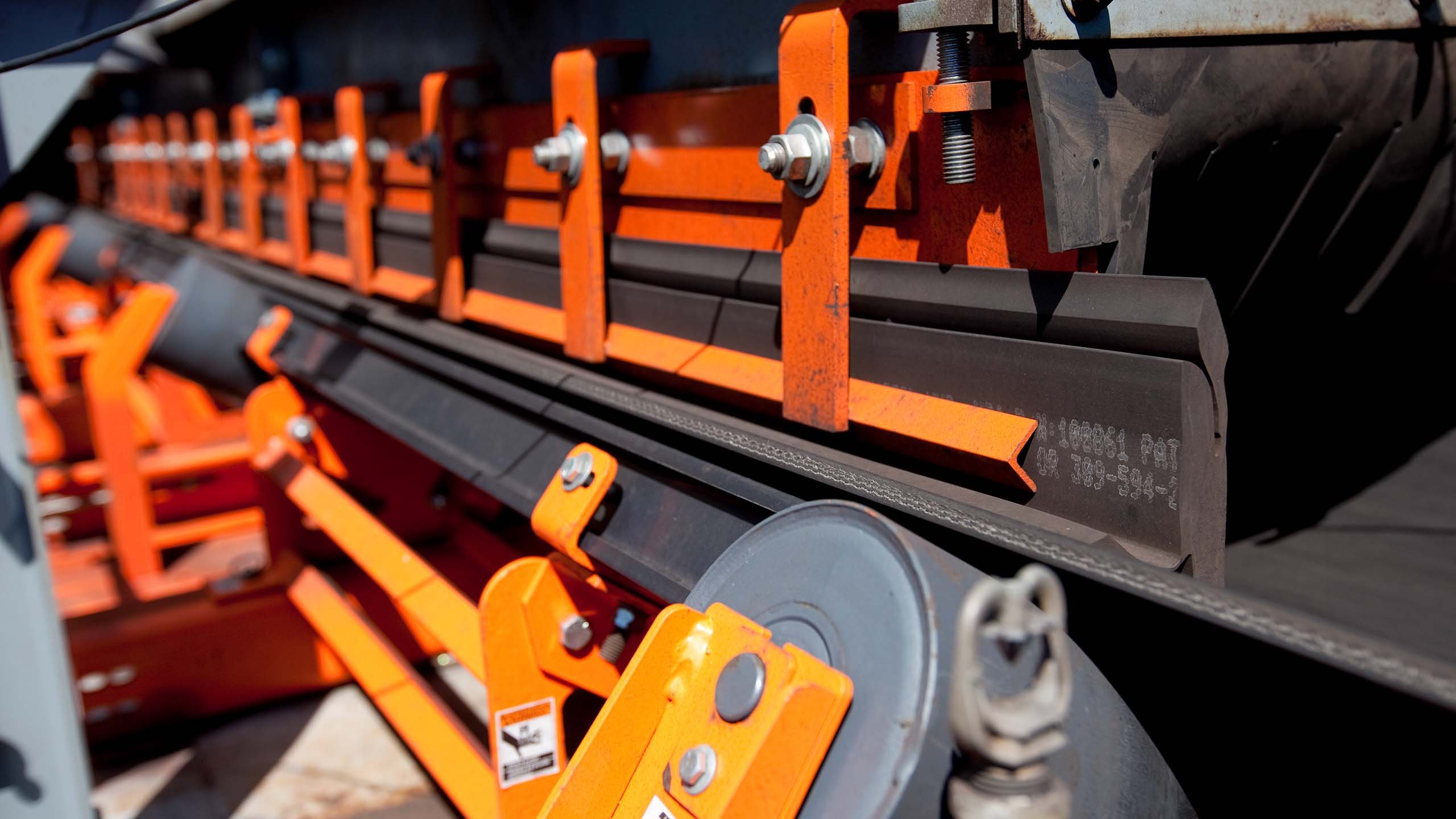












Leave Comment